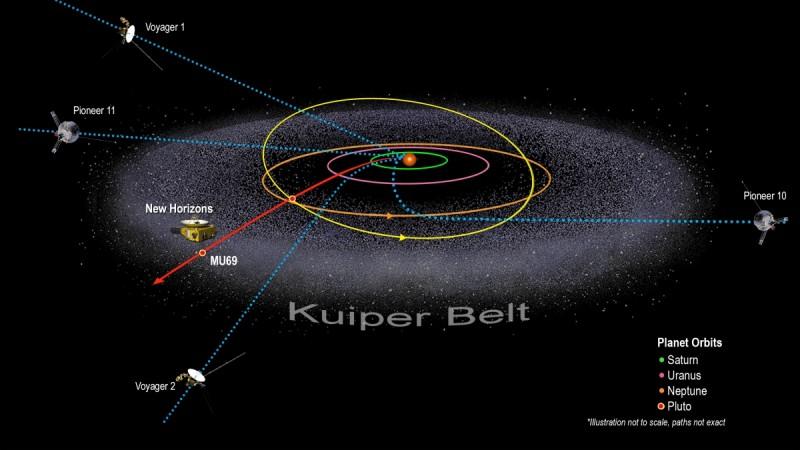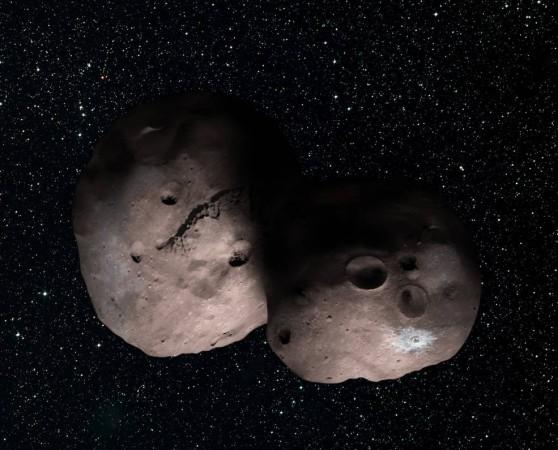
NASA's New Horizons spacecraft, launched in 2006, is now near the outer edges in the Solar System. It is now well over 6.5 billion km from Earth.
It has now detected a great, big wall of what seems like hydrogen and this could be the furthest reach of the Sun.
When Voyager passed through this region about three decades ago, it too made similar measurements, notes a report by Gizmodo. New Horizons' updated data has offered more information about how far the Sun's energy stretches.
"We assume there's something extra out there, some extra source of brightness," said study author Randy Gladstone of the Southwest Research Institute. "If we get a chance with New Horizons we can maybe image it."
The Sun fires off charged particles outward, notes the report and this causes hydrogen particles in the Solar System to discharge ultraviolet light. The Sun's energy, however, should eventually weaken and create a clear boundary line where all the interstellar hydrogen piles up. This is what NASA has found at the very edge of the Solar System- where outward pressure caused by solar wind energy piles up hydrogen gas.
Astronomers had a 360 degree-view of all the UV emissions using New Horizon's "Alice". Notes the report. When Alice was trained at a direction directly away from the Sun, they were able to see that there was indeed an added intensity and brightness to the signals.
Researchers speculate that this boost in signal could be from hydrogen wall beyond the Solar System. The interactions of solar wind with material just outside the Solar system seems to have created a definite boundary, according to the paper.
Voyager, more than 30 years ago, measured similar signatures. Looking back at that data, has shown that Voyager's operators likely overestimated the signal's strength, notes the researchers. Once Voyager data was recalculated, New Horizon results also reportedly looked almost identical.
However, Gladstone pointed out that the similarities in datasets add to the idea that a great wall does in fact exist. On whether is a wall of hydrogen or any other material, or even some other feature entirely is still open for study, note the scientists. They now plan on making observations at the rate of two per year, they have said.

New Horizons is currently in the Kuiper Belt, waiting for a flyby of a rock roughly 30 kilometers across, after which it will carry on, headed for the Oort clouds.
The study was first published in the journal Geophysical Research Letters.

















